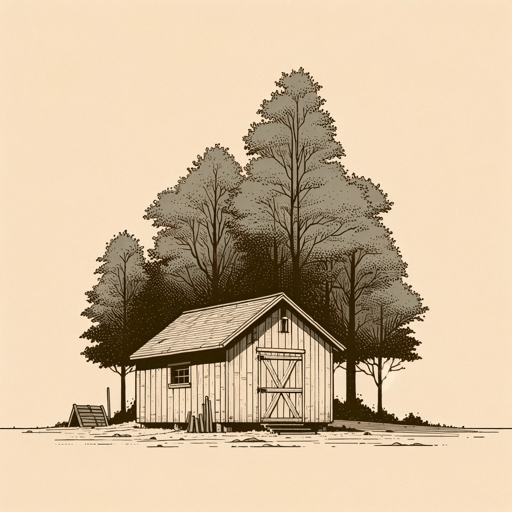38 pages • 1 hour read
P. D. JamesThe Children of Men
Fiction | Novel | Adult | Published in 1992A modern alternative to SparkNotes and CliffsNotes, SuperSummary offers high-quality Study Guides with detailed chapter summaries and analysis of major themes, characters, and more.
Symbols & Motifs
The Omegas
Content Warning: The following Symbols and Motifs section contains references to suicide, which is discussed in the source text.
The Omegas are the last-born generation. They are afforded a higher status than older people: “Men and women, the Omegas are a race apart, indulged, propitiated, feared, regarded with a half-superstitious awe” (12). Because of this treatment, many of the Omegas grow up to be “cruel, arrogant, and violent” (11). They symbolize the value that society places on youth, and also the dangers of idealizing and cosseting children—the novel argues that protecting the young from all adverse events will prevent them from developing empathy for others. Some of the Omegas join the gangs of “Painted Faces” (11), who are responsible for brutal violence like Luke’s vicious murder—a denial of their essential humanity and a regression into animalistic, bestial behavior.
The Quietus
The Quietus is the ceremony of mass suicides offered by the government to those who no longer wish to live. It symbolizes the utter loss of hope and the triumph of despair in those who see no point in continuing their lives. The Quietus is ostensibly—at least in terms of public relations—a humane act for those who find their suffering intolerable. However, as its name implies, the ceremony is never as clean as Xan’s government claims.
Related Titles
By P. D. James
Featured Collections
Action & Adventure
View Collection
Birth & Rebirth
View Collection
Books Made into Movies
View Collection
British Literature
View Collection
Challenging Authority
View Collection
Climate Change Reads
View Collection
European History
View Collection
Health & Medicine
View Collection
Immigrants & Refugees
View Collection
National Suicide Prevention Month
View Collection
Politics & Government
View Collection
Power
View Collection
Science Fiction & Dystopian Fiction
View Collection
The Future
View Collection



